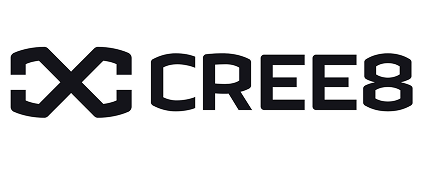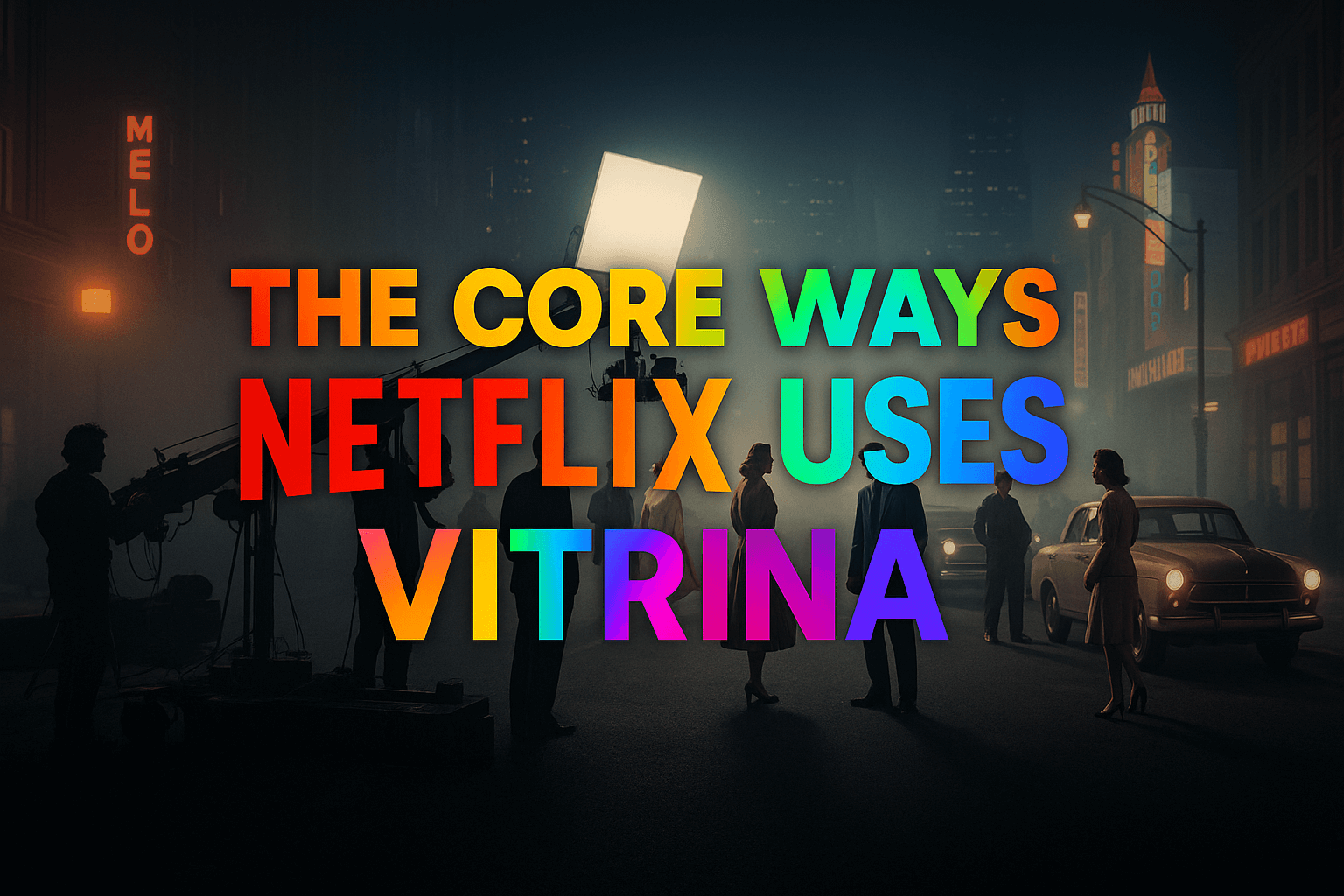Introduction
Our attention spans are shrinking, and our mobile devices are constantly in hand. This shift has given rise to a powerful new content phenomenon: micro-dramas and vertical-first storytelling.
These short, addictive sagas, designed specifically for upright mobile screens, are transforming entertainment and marketing globally.
What Are They?
A micro-drama is a serialized scripted story, with episodes typically lasting from 60 seconds to 3-5 minutes. They feature developing plots, consistent characters, and, critically, frequent, intense cliffhangers that compel immediate viewing of the next installment. Often spanning 50 to over 100 episodes, they offer continuous narrative flow.
Vertical-first storytelling is key. This isn’t just about cropping a horizontal video; it’s an intentional approach to framing, composition, and pacing optimized for the upright mobile screen.
Every element is crafted for maximum impact within that vertical frame, catering to audiences consuming content on the go, often with sound off. This format capitalizes on our ingrained mobile habits, delivering quick “dopamine hits” of drama and escapism during short breaks.
This trend is fueled by widespread smartphone adoption, 5G expansion, and social media platforms like TikTok, Instagram Reels, and YouTube Shorts, which inherently favor vertical content. These platforms’ algorithms often prioritize vertical videos, driving discoverability and pushing content into user feeds.
From China to Global Dominance
The micro-drama revolution began in China, where “Duanju” (short-form dramas) have been a multi-billion dollar industry for years. Platforms like Douyin and Kuaishou popularized these series, which saw exponential growth during the pandemic. By 2023, micro-drama revenue in China surpassed domestic box office sales, estimated at $6.9 billion.
This Chinese success has rapidly expanded globally through dedicated apps like ReelShort, DramaBox, GoodShort, and FlexTV. These platforms have millions of downloads and significant revenue, particularly in the US and Europe. Sensor Tower reported that outside China, micro-drama apps generated $1.2 billion in 2024, with 60% from the US.
While localized for international audiences, popular genre tropes like secret billionaires, revenge plots, romantic melodramas, and fantasy elements (e.g., werewolves, vampires) resonate universally. These stories, often over-the-top and fast-paced, tap into common desires for wish fulfillment and intense emotion.
Production and Monetization
Micro-dramas master “compressed narrative,” delivering full story arcs in minutes with immediate hooks and rapid plot progression. This differs significantly from traditional filmmaking’s slower pace.
Production is efficient: shorter runtimes and mobile-first orientation mean lower costs and faster turnarounds. Many productions use smaller crews, real locations, and even smartphone filming, democratizing content creation. This agility allows for quick adaptation to audience trends.
Monetization often follows a freemium model: initial free episodes, then pay-per-episode (via virtual currencies) or subscriptions for the full series. Ad-supported viewing is also common. Beyond direct payments, brand integrations are increasing, with products subtly woven into narratives.
Use Cases: From Giants to Indies
Top Companies and Platforms:
- Dedicated Micro-drama Apps: ReelShort is a prime example, topping app store charts with hits like “The Double Life of My Billionaire Husband.” It targets specific demographics, like middle-aged women with romantic dramas, and has generated over $170 million in global in-app purchases by early 2024. DramaBox also thrives with a vast library and personalized feeds.
- Mainstream Media: Giants like Tencent, iQIYI, and Youku in China have integrated Duanju sections. Even Netflix explores shorter, interactive content, acknowledging changing habits.
- Brands as Storytellers: Brands are creating narrative-led vertical content instead of traditional ads. KFC China produced a micro-drama, and Kans Skincare launched vertical dramas that organically integrated their products, generating billions of views and boosting sales.
Small and Medium Companies/Creators:
- Independent Creators/Influencers: TikTok, Instagram Reels, and YouTube Shorts are hotbeds for independent creators producing vertical-first series, building loyal communities through direct interaction.
- Niche Content: Smaller companies create niche content like educational micro-dramas or local community stories. In India, players like Flick TV and PlayBoxTV (focusing on “desi stories”) are producing short, episodic fiction in regional languages.
- Cultural Adaptation: The format is highly adaptable, allowing smaller players to localize content, including language, slang, and cultural nuances, for deeper regional engagement.
Challenges and the Future
Despite their success, micro-dramas face criticism regarding artistic depth, potential for formulaic plots, and content saturation. Maintaining quality amidst rapid production is a challenge. For independent creators, consistent monetization beyond brand deals remains a hurdle, and the market faces increasing regulatory scrutiny.
However, vertical-first storytelling is not a fleeting trend; it’s a fundamental shift in content consumption. Expect more sophisticated narratives, potentially longer episodes, and integration with AR/VR or interactive elements. This format democratizes content creation, lowering barriers for new talent.
Vertical consumption is deeply ingrained in modern mobile usage. Micro-dramas, with their addictive pacing and accessible format, are perfectly positioned to capitalize on this habit, shaping the future of digital entertainment one vertical swipe at a time.



























































